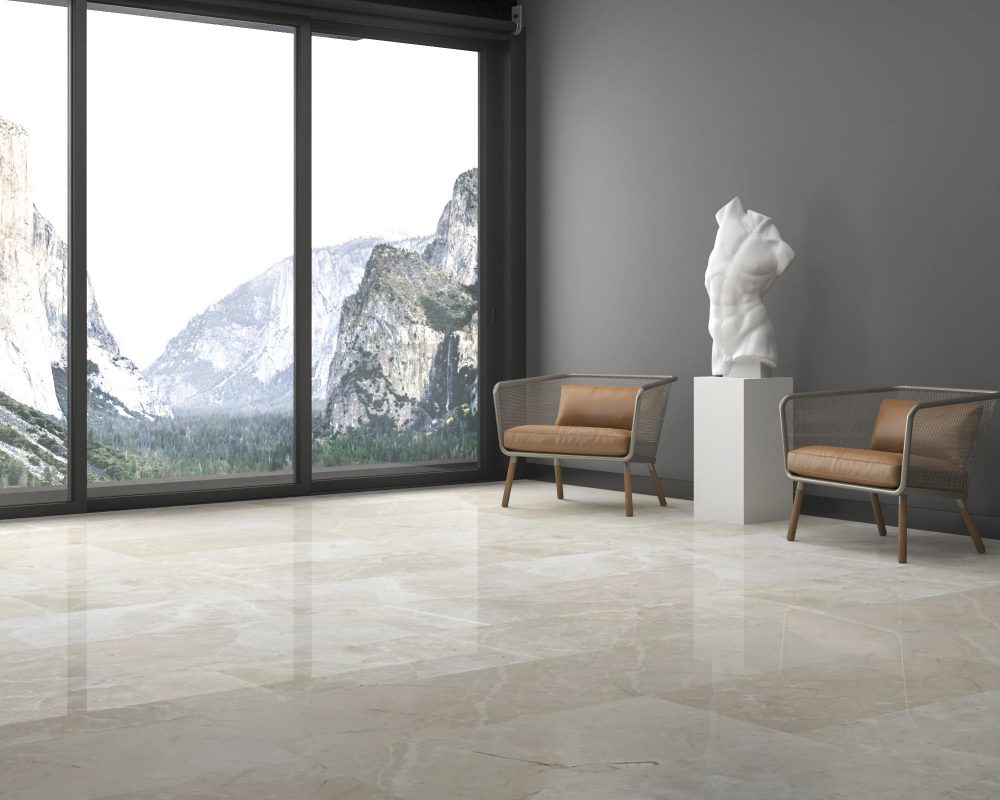The Evolution of Marble from Past to Present
From construction to decoration and fine arts, marble is a material with a wide range of uses. In this section, we will explore the evolution of marble from past to present.
The discovery and use of this historic natural stone date back to ancient times. In Turkey, excavations in Ephesus revealed the first blade gang saw used in block cutting, dating back to the 2nd century A.D.
Similarly, near Selçuk (İzmir), traces of the first prototype of wire cutting were discovered in ancient quarries.
These findings serve as strong evidence that natural marble processing technology—and therefore the practice of marble craftsmanship—has existed in the lands of Turkey for approximately 2,000 years.
In marble production, Marmara Island and Afyon-İscehisar were key centers that exported marble to all Mediterranean countries during the Roman, Byzantine, Seljuk, and Ottoman periods.
The use of natural stones as building and decorative materials around the world has significantly increased the production of travertine and other natural stones.

The Evolution of Marble
Alongside the increase in production, the technology used in the industry continues to advance day by day.
The growing preference for natural marble in construction materials by architects and interior designers—combined with its more attractive pricing compared to synthetic alternatives—continues to boost global demand for natural stone.
Located along the Alp-Himalaya mountain belt, Turkey possesses some of the world’s largest marble reserves.
According to research, approximately 40% of global marble reserves are found within Turkey’s borders.
The country is home to over 80 different structural types and more than 120 varieties of marble, distinguished by their unique colors and patterns.
With increasing global awareness of environmental issues and challenges brought on by modern life—such as radioactive emissions, synthetic and chemical building materials, and soil infertility—there is a growing trend among societies to return to the use of natural building materials.
This trend indicates that Turkey, which has significantly rich natural stone reserves, is likely to see a continued rise in marble exports in the future.


